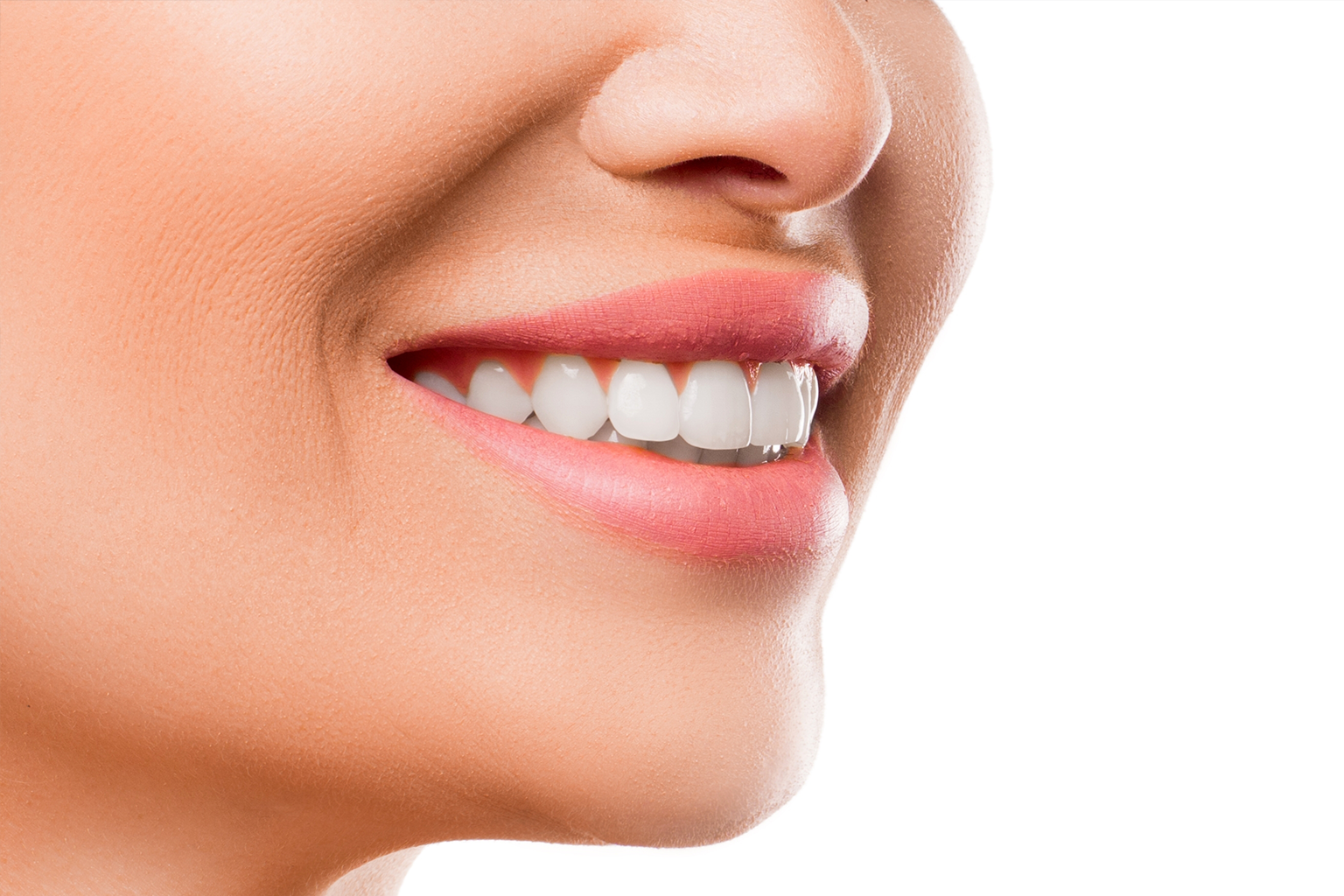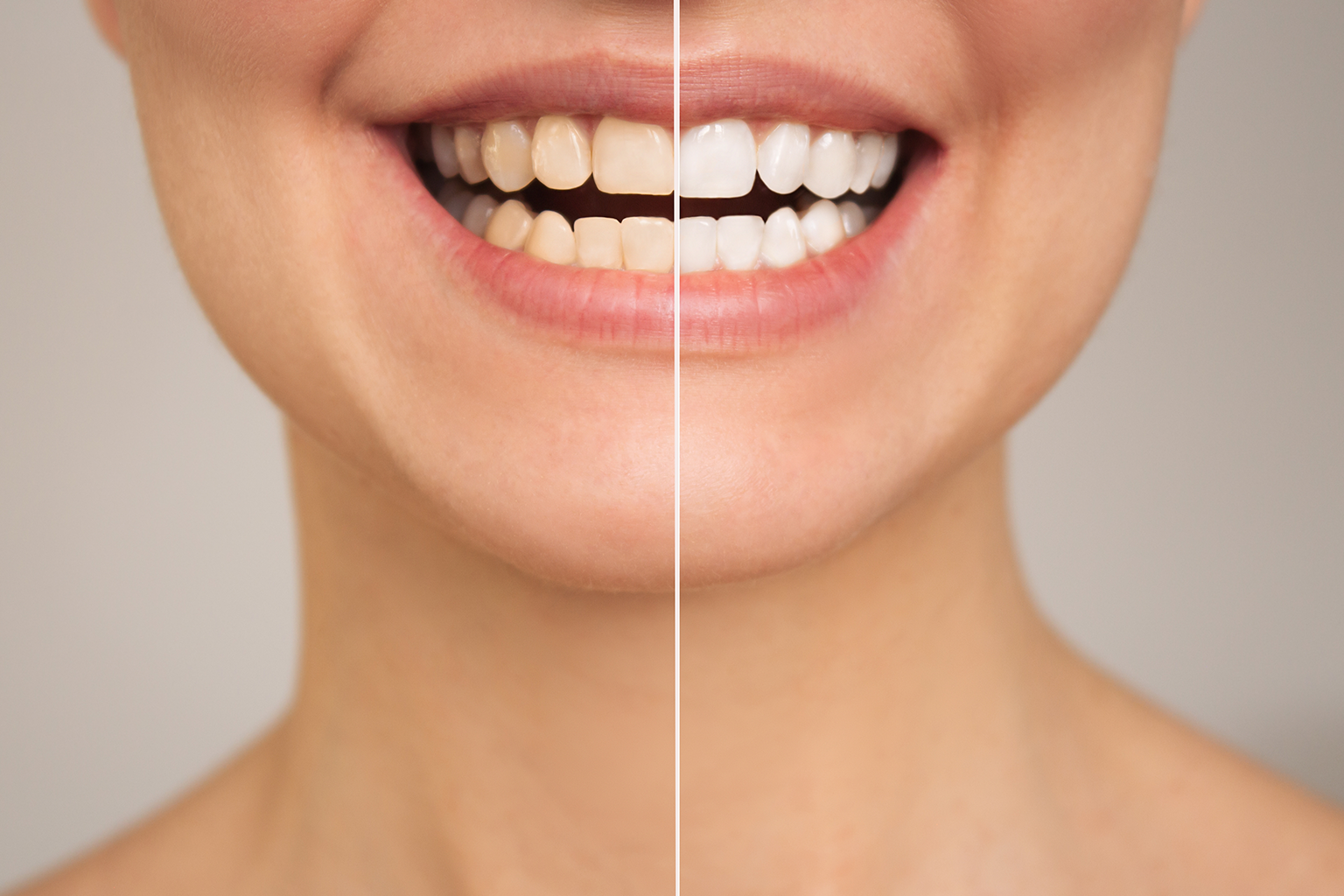Teeth whitening is a popular cosmetic dental procedure that can significantly enhance your smile. However, maintaining those pearly whites requires some post-whitening care. In this blog, we’ll cover essential tips to keep your teeth shining bright after a whitening treatment.
 What to Avoid After Teeth Bleaching?
What to Avoid After Teeth Bleaching?
Post-whitening care is crucial for maintaining your results. Immediately after the procedure, your teeth are more porous and susceptible to staining. Here’s what you should avoid to keep your smile bright and beautiful:
Dark-Colored Foods and Drinks
Coffee, tea, red wine, and cola are well-known culprits for teeth staining. The pigments in these beverages can quickly penetrate the porous surface of recently whitened teeth, leading to discoloration. For the first few days, it’s best to avoid these drinks entirely. If you can’t resist your morning coffee or tea, try drinking it through a straw to minimize contact with your teeth. Opt for lighter beverages like water, milk, or herbal teas that won’t compromise your newly whitened smile.
Acidic Foods
Acidic foods such as citrus fruits (oranges, lemons, grapefruits), tomatoes, and vinegar can erode the enamel, making your teeth more susceptible to staining and sensitivity. These foods can also cause discomfort if your teeth are temporarily sensitive after the bleaching process. Stick to non-acidic options like bananas, melons, and cucumbers to avoid irritation and maintain the integrity of your enamel.
Tobacco Products
Smoking or chewing tobacco can quickly discolor your teeth and undo the effects of your whitening treatment. Nicotine and tar, found in tobacco, are notorious for causing yellow or brown stains on teeth. Moreover, tobacco use can lead to other oral health issues such as gum disease and bad breath. Quitting tobacco not only helps preserve your white smile but also significantly improves your overall oral health.
Colored Dental Products
Certain mouthwashes and toothpaste contain strong colors or artificial dyes that can stain your teeth, especially immediately after whitening. It’s wise to choose clear or lightly colored dental products to avoid this risk. Additionally, alcohol-based mouthwashes can dry out your mouth, which may lead to a decrease in saliva production and increase the chance of staining. Opt for alcohol-free and color-free options to keep your teeth bright and your mouth healthy.
Sugary and Sticky Foods
Sugary and sticky foods, like candies, chocolate, and certain pastries, can cling to your teeth and promote the growth of bacteria, leading to plaque formation and potential staining. These foods can also increase the risk of cavities, especially if oral hygiene is not diligently maintained. Choose healthier snacks like fresh fruits and vegetables to support both your dental and overall health.
Dark Sauces
Soy sauce, tomato sauce, and balsamic vinegar are flavorful but can easily stain your teeth. If you do consume foods with these sauces, make sure to brush your teeth soon after eating. However, it’s best to avoid them for the first 48 hours post-whitening to prevent any risk of staining.
By avoiding these foods and habits, you can ensure that your whitening results last longer and your smile remains dazzling. Remember, good oral hygiene practices and regular dental check-ups are essential in maintaining the health and appearance of your teeth.
 How Many Days After Teeth Whitening Can I Eat Normally?
How Many Days After Teeth Whitening Can I Eat Normally?
Your diet post-whitening is essential for long-lasting results. Here’s a timeline for reintroducing foods:
- First 24-48 hours: Stick to a “white diet” consisting of foods like chicken, rice, white fish, and pasta without sauces. Avoid staining agents entirely.
- After 48 hours: Gradually reintroduce colorful foods and beverages but continue to be mindful of items that can stain your teeth.
- One week: By this time, you can resume your regular diet, but it’s wise to maintain good oral hygiene practices to prevent new stains.
 Why Do My Teeth Look More Yellow After Whitening?
Why Do My Teeth Look More Yellow After Whitening?
It’s not uncommon to notice that your teeth appear slightly yellow after a whitening treatment. This can happen due to several reasons, each contributing to the temporary discoloration. Understanding these reasons can help alleviate concerns and guide you towards the best post-whitening care practices.
Temporary Dehydration
One of the most common causes of teeth appearing more yellow post-whitening is temporary dehydration. The whitening agents used in the procedure, typically peroxide-based, can temporarily dehydrate your teeth. This dehydration causes the enamel to lose some of its natural moisture, making it look duller and less white. Fortunately, this effect is temporary and usually resolves within a day or two as your teeth rehydrate and regain their natural color.
Staining from Foods and Drinks
Consuming staining foods or drinks too soon after the whitening procedure can also reverse the whitening effect. Immediately after whitening, your teeth are more porous and vulnerable to staining agents. Dark-colored beverages like coffee, tea, red wine, and cola, as well as foods such as berries and sauces, can easily penetrate the enamel and cause discoloration. It’s crucial to avoid these items for at least 48 hours post-treatment to allow your teeth to stabilize and reduce the risk of new stains.
Underlying Enamel Issues
Sometimes, the yellowing might be due to underlying enamel damage or the natural color of your dentin showing through. Enamel is the outermost layer of your teeth, and beneath it lies the dentin, which is naturally yellow. If your enamel is thin or damaged, the yellow dentin can become more visible after whitening. This can give the appearance that your teeth are more yellow than before. In such cases, it’s essential to consult your dentist to evaluate the condition of your enamel and discuss potential treatments or alternatives for achieving a whiter smile.
Rebound Effect
The rebound effect is another phenomenon where teeth can appear less white after the initial whitening. This happens because the teeth, after losing moisture during the whitening process, will naturally rehydrate over the following days. As the teeth rehydrate, they can sometimes take on a slightly darker shade than immediately post-whitening. This is a normal part of the process and should not be a cause for concern.
Plaque and Tartar Build-Up
If you haven’t had a dental cleaning before your whitening treatment, plaque and tartar build-up can also impact the effectiveness of the whitening process. Plaque is a sticky film of bacteria that can form on your teeth, while tartar is hardened plaque that can trap stains. Even after whitening, these build-ups can cause your teeth to look yellow. Regular dental cleanings are essential to remove plaque and tartar and ensure optimal results from your whitening treatments.
Inconsistent Whitening
Another reason for the yellow appearance might be inconsistent whitening. Whitening agents need to be applied evenly to all tooth surfaces to achieve a uniform color. If some areas of your teeth received less treatment than others, it could result in an uneven whitening effect, making certain parts of your teeth look yellower. Ensure that your dentist or whitening specialist applies the treatment thoroughly to all visible surfaces for the best results.
Residual Stains
In some cases, residual stains that were not completely removed during the whitening process can become more noticeable against the newly whitened areas of your teeth. These could be deeper, intrinsic stains that require more intensive treatment to fully eliminate. Discuss with your dentist the possibility of additional whitening sessions or alternative treatments, such as veneers or bonding, to address these stubborn stains.
Understanding these factors can help you better navigate the post-whitening phase and maintain your bright, white smile. If you notice persistent yellowing or have concerns about your whitening results, consult your dentist for personalized advice and potential follow-up treatments.
 Schedule Your Appointment Today!
Schedule Your Appointment Today!
Maintaining a bright smile after whitening requires attention to your diet and habits. Follow these tips to extend the longevity of your results and keep your teeth looking their best. If you have any concerns or need further assistance, don’t hesitate to reach out. Schedule an appointment with our dental office today to ensure your smile stays radiant and healthy!








